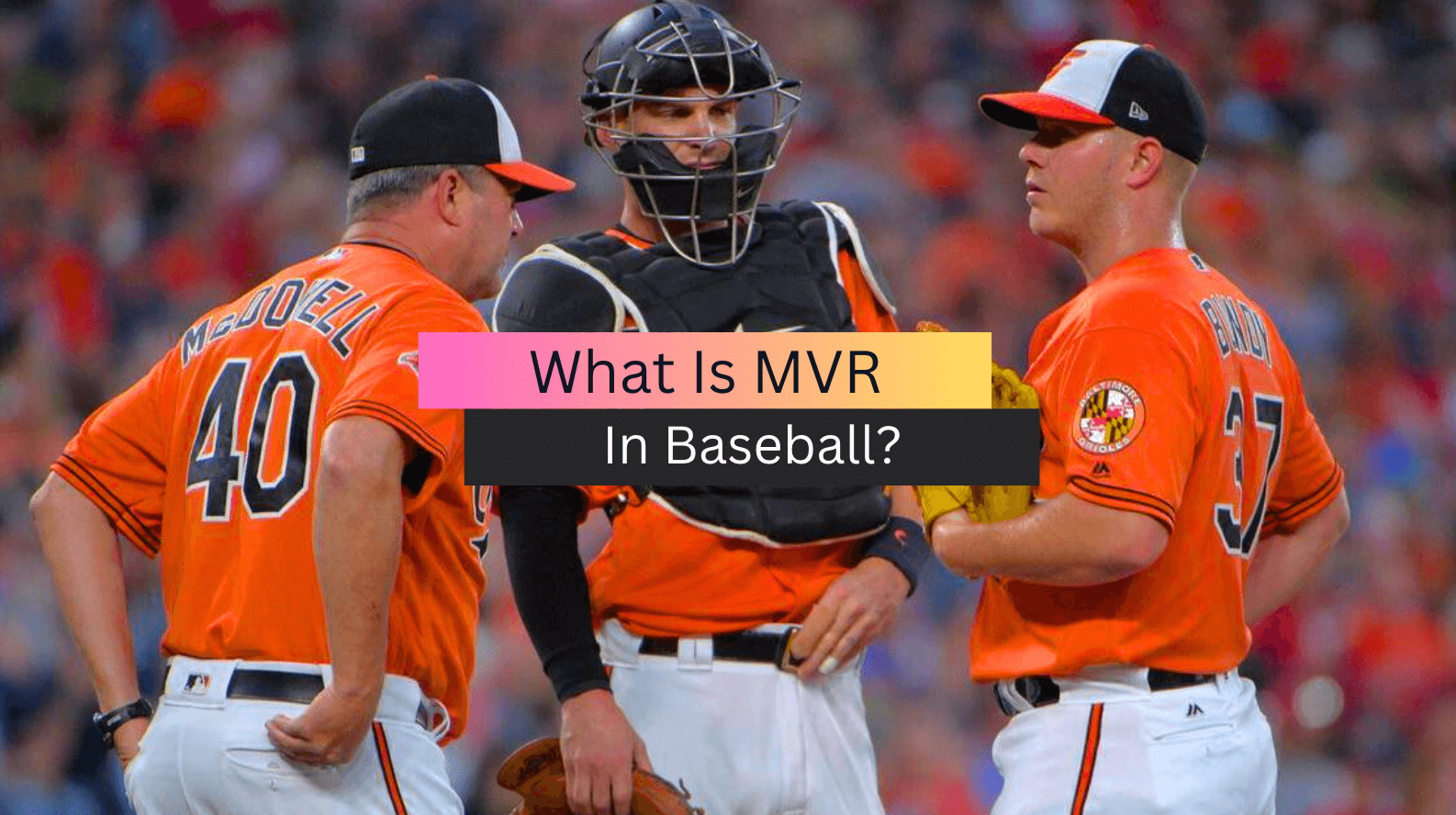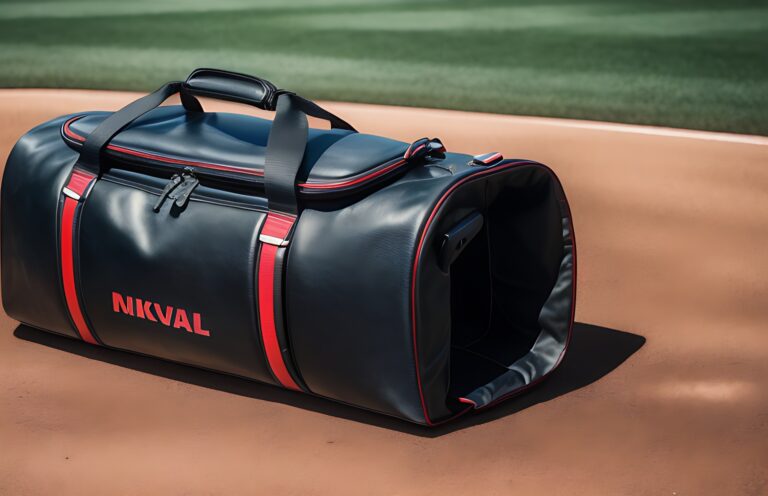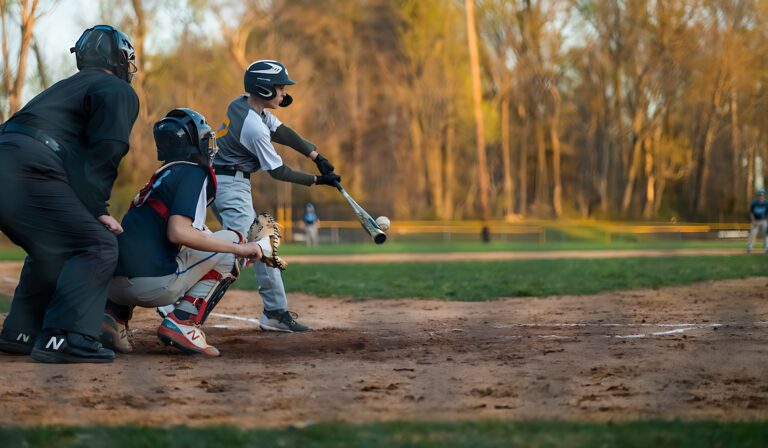What Is MVR In Baseball?
Are you an avid baseball fan who wants to keep up with the latest developments in the sport? Do you wonder what the term MVR means and how it impacts the game?
MVR, or Mound Visits Remaining, is a critical measure that came into existence in Major League Baseball in 2018. It has since become an essential component of the game, allowing teams to manage their mound visits more efficiently. Although not a statistic, MVR is a vital counting measure that determines how many mound visits a team can legally take during the remainder of a game. In this article, we’ll take a closer look at what MVR is, why it’s essential, and how it affects the game of baseball.
What Are Mound Visits in Baseball?
In baseball, a mound visit occurs when a coach or a player goes to the pitcher’s mound to confer with the pitcher or the entire infield. Each team is allowed a maximum of six visits per nine innings of a game, including extra innings. If a team exceeds the allotted number of visits, they may face penalties, such as the pitcher being forced to leave the game.
Mound visits serve several purposes, including strategizing, assessing the pitcher’s physical condition, and providing emotional support. For example, a coach may visit the mound to give the pitcher instructions on how to pitch to a specific batter or to discuss a potential pitching change. Mound visits can also be used to check on the pitcher’s physical well-being, such as if they are experiencing discomfort or fatigue. Additionally, a teammate or coach may visit the mound to offer encouragement and boost morale.
What Are the Exceptions to the Mound Visit Rule?
In baseball, the mound visit rule is designed to limit the number of times a coach or player can visit the pitcher on the mound during a game. The rule was implemented in 2018 and states that each team is allowed six mound visits per nine innings, including any extra innings. However, there are a few exceptions to this rule.
The first exception is that mound visits by a manager or coach to remove a pitcher from the game do not count toward the limit. This means that if a pitcher is struggling, a coach can visit the mound to take them out of the game without it counting against their team’s mound visit limit.
The second exception is that mound visits made by a catcher to discuss pitch selection or to check on a pitcher’s health do not count towards the limit. If a catcher notices that a pitcher is struggling or appears to be injured, they can visit the mound to talk to them without it counting towards the team’s limit.
Finally, if a pitcher is entering the game from the bullpen, the catcher can visit the mound to give them a brief rundown of the game situation without it counting towards the team’s limit.
Why Are Mound Visits Limited?
Mound visits are limited in baseball to help speed up the pace of the game and keep it exciting for fans. In recent years, there has been concern about the length of games, and mound visits are one way that Major League Baseball has tried to address this issue.
Mound visits are when a coach or player goes to the pitcher’s mound to talk to the pitcher. These visits can be used to discuss strategy, give the pitcher a breather, or even just to change the pace of the game. However, they can also slow down the game and disrupt its flow.
In 2018, Major League Baseball implemented new rules limiting mound visits to six per game for each team. This includes visits by coaches, players, and catchers. Any additional visits beyond the six will result in a pitching change.
By limiting mound visits, games can move along more quickly, and the pace of play can improve. This is important because longer games can be tedious for fans, and it can also impact the quality of play on the field. When games drag on, players can become fatigued, and the quality of their performance can suffer.
How many mound visits are allowed in MLB?
Starting from the 2020 season, Major League Baseball (MLB) implemented a new rule that limits the number of mound visits in a game. Under this rule, each team is allowed a maximum of six mound visits per nine-inning game, plus one additional mound visit for every extra inning played.
A mound visit is defined as any time a coach, manager, or player (excluding the pitcher) goes to the pitcher’s mound to confer with the pitcher. A pitcher is also allowed to make one mound visit per inning without it counting toward the team’s limit.
It’s worth noting that there are some exceptions to this rule, such as for injury-related mound visits or if a team runs out of challenges in a game and wants to request a replay review.
Conclusion
In conclusion, MVR stands for “Most Valuable Runner,” a statistic used in baseball to measure a player’s overall baserunning value. MVR takes into account a player’s ability to advance on hits, avoid double plays, and steal bases. The calculation involves comparing a player’s performance to the average performance of players in similar situations. MVR is just one of many statistics used in baseball to evaluate a player’s performance, and while it is not as widely recognized as some other stats, it can provide valuable insights into a player’s overall contributions to their team’s success.
FAQs
What is MV on the baseball scoreboard?
In baseball, MV on a scoreboard stands for Most Valuable Player. It is typically used to indicate which player on the team has been deemed the most valuable for a particular game or season. This designation is often based on factors such as performance, leadership, and overall contribution to the team’s success.
What is MVR in stats?
MVR stands for “Missing Values Ratio” in statistics. It is a measure that calculates the percentage of missing values in a dataset. This metric helps to identify variables with a high percentage of missing data, which can affect the quality and accuracy of statistical analyses and modeling.
How many mound visits are allowed in MLB?
In Major League Baseball (MLB), each team is allowed a maximum of six mound visits per nine innings. These visits can be made by the manager, pitching coach, or a player. If a team exceeds the limit, a penalty may be enforced, such as requiring the pitcher to be replaced.
Where is MVR used?
MVR, or Mechanical Vapor Recompression, is commonly used in various industrial processes that involve the separation or concentration of liquids. Some of the industries where MVR is used include chemical processing, food and beverage, pharmaceuticals, pulp and paper, and wastewater treatment. MVR is particularly useful for energy-efficient and cost-effective separation processes.







